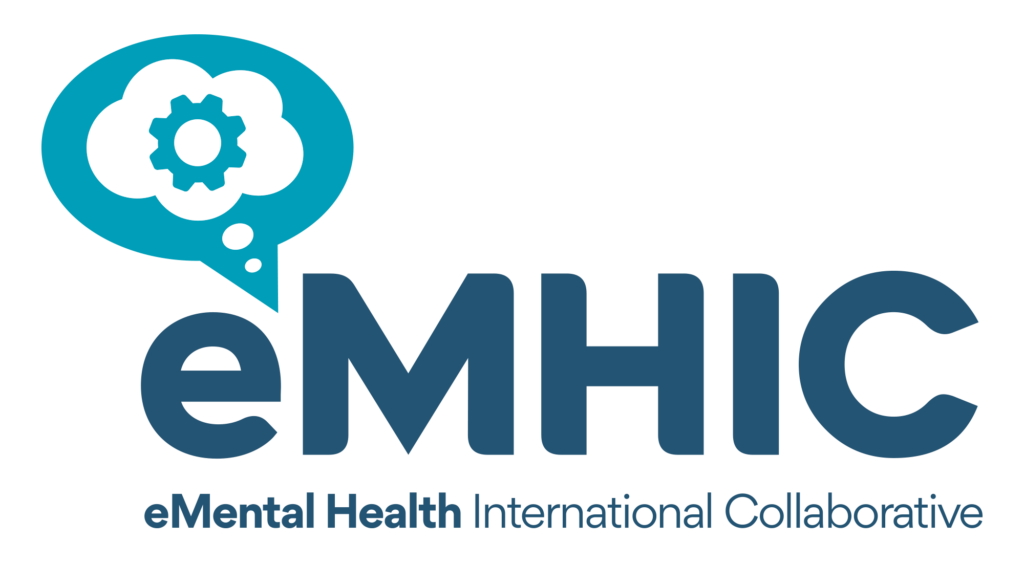Authored by – Piers Gooding, Ian Muchamore, Kellie Gilbert, Simon Katterl, Hayley Purdon, Andy Allen, Ingrid Ozols
Abstract
Digital mental health technologies and services are here. More are coming. Such technologies and services present both risks and opportunities. At their best, they may enhance the most humane, communal and caring parts of our social systems and communities. At their worst, they may reinforce reductionist approaches to distress and crisis, increase surveillance and control, as well as extracting data and wealth from people seeking care. In this paper, we argue that lived experience-led governance and collaborative development of these technologies and services will enhance the best opportunities and mitigate against the biggest risks. This paper provides a commentary emerging from work by authors with lived experience, and those without, that explored accountability in digital mental health technologies and services. The commentary offers guidance to anyone interested in supporting lived experience-led, and collaborative governance of, digital mental health technologies. This guidance, drawing on interdisciplinary and lived experience-led research and grey literature, assists readers in understanding why collaboration should take place, when, where and with whom, on what issues this could start, and how collaborators should approach this.
Introduction
Digital mental health technologies are becoming part of everyday life, in Australia and elsewhere. The COVID-19 pandemic accelerated this process (Mahoney et al., 2021). This increased uptake of digital mental health technologies is part of growing optimism in its utility for existing and new mental health systems. For example, the Australian Government’s recent National Digital Mental Health Framework positions digital mental health technologies as “transforming” mental health services and increasing access previously limited by barriers of stigma, privacy concerns and financial barriers (Commonwealth Government of Australia, 2021, p. 4). Others point to the role of digital technologies in addressing mental health workforce capacity shortfalls and regional inequities in access to services (Bond et al., 2023; Productivity Commission, 2020, pp. 491–503). To many, digital mental health technologies appear to solve several problems we face in mental health care and suicide prevention.
On the contrary, public controversies and critical research provide a less comforting picture. The line between public and commercial interest can become blurred. In Australia, it has emerged that for-profit digital mental health providers have utilised close connections with major consulting companies and government to influence digital mental health policy (Belot & Davey, 2023a, 2023b, 2023c; Davey & Belot, 2023). This raises broader questions about whether technology will return economic, social and political benefits to people with lived experience or to major digital platforms (for a comprehensive analysis of this, see: Johnson & Acemoglu, 2023). The concentration of wealth from digital technologies forms part of a wider process of “surveillance capitalism,” which reflects an economic logic for digital firms to extract and on-sell data to enable surveillance, prediction and coercion of individuals and their behaviour (Zuboff, 2019). The emergence of psychopharmaceuticals with ingestible sensors to monitor medication adherence (Flore, 2021) and explicit AI-based monitoring technologies in psychiatric wards (Gooding & Clifford, 2021) speak to the expansion of digital surveillance in the mental health system. This expansion raises pressing questions about dignity, autonomy, privacy and the ethics of care for people seeking support. Importantly, for the purposes of this paper, these trends emerge in a vacuum of opportunities and authority for lived experience participation and leadership in the research into (Gooding & Kariotis, 2021), and governance of (Bossewitch et al., 2022), digital mental health technologies.
While digital mental health technologies are relatively new, the mental health sector-related debates into which technologies are being introduced are not. Indeed, many of the contradictions and tensions within existing mental health system policy, law and service provision continue or transform within digital mental health. For example, it is common for mental health technologies and the research around them to assume the validity of diagnostic regimes (see e.g. Wies et al., 2021) that are in fact contested on empirical (Cooke & Kinderman, 2018) and ethical grounds (Watson, 2019). There is also evidence of a tendency for such technologies to place emphasis on individual problem-solving and to “over-medicalise” (Parker et al., 2018), rather than using technologies to locate individual distress within broader, unjust, sociopolitical conditions. Failing to locate distress structurally means the opportunity is lost to challenge those structures and re-imagine better futures (Bossewitch et al., 2022, p. 86). Indeed, the “techno-solutionism” (Gooding & Kariotis, 2021; Morozov, 2013) that pervades the digital mental health landscape is in one sense a new emergence, but in another, it is the product of a long body of experimentation and a tendency of the mental health industry for “fads” and attempts at quick fixes (Paris, 2013).
Because digital mental health technologies are located within new and longstanding sector and political tensions, their emergence present both risks and opportunities (Bossewitch et al., 2022). Governed well, digital mental health technologies can enhance the best parts of our community’s approaches to care and support, including peer support (Fong et al., 2018) and alternative approaches to the use of coercion (Gooding et al., 2018). Governed badly, digital mental health technologies risk creating a “digital asylum” (Gooding & Katterl, 2022) based on surveillance, diminished forms of care and wealth extraction. Achieving the former and preventing the latter will require collaboration with people with lived experience, including opportunities for lived experience-led processes.
This paper fills a gap in Australian scholarship by presenting a commentary from a group of people with diverse disciplinary backgrounds, and a mix of academics and non-academics, most of whom draw on their lived experience. In this paper, we acknowledge the contested nature of language, while using “lived experience” to mean “mental health challenges that have caused life as we knew it to change so significantly we have to reimagine and redefine ourselves, our place in the world and our future plans” (Byrne & Wykes, 2020, p. 243). We use terms “people with lived experience” and “consumers” of mental health services interchangeably throughout. The commentary emerged from a workshop, in which all authors took part, and as a conclusion to a broader project on the law and regulation of new and emerging digital technologies in mental health settings.
The paper proceeds in two parts. In the first part, we provide a background to the development of this commentary, including our membership and positionalities, payment and design process for the authorship of the article, and how we deliberated on key aspects of the article. Ultimately, we viewed that the best way to articulate these perspectives was by commenting on the questions that guided our design workshop. Therefore, in the second part, we report on six dimensions on the collaborative governance of digital mental health technologies: Why collaboration with lived experience is crucial; who should be collaborated with; where this collaboration may take place; when collaboration is necessary; what topics are fit for collaboration; and how people may go about collaboration.
Read the full paper here >> https://onlinelibrary.wiley.com/doi/10.1002/ajs4.355




